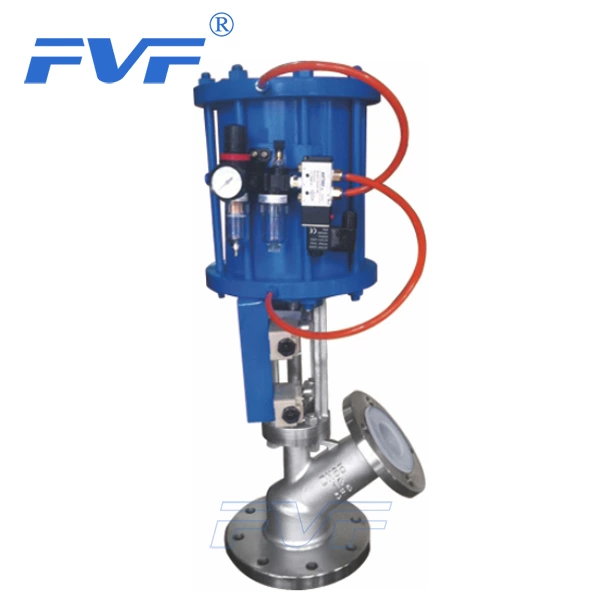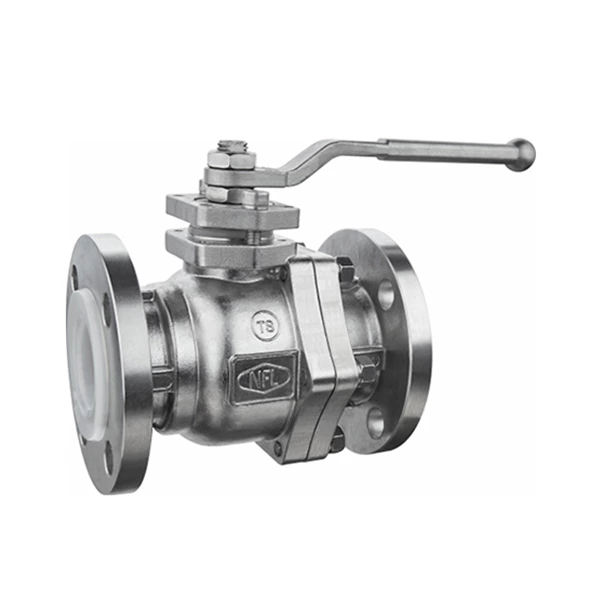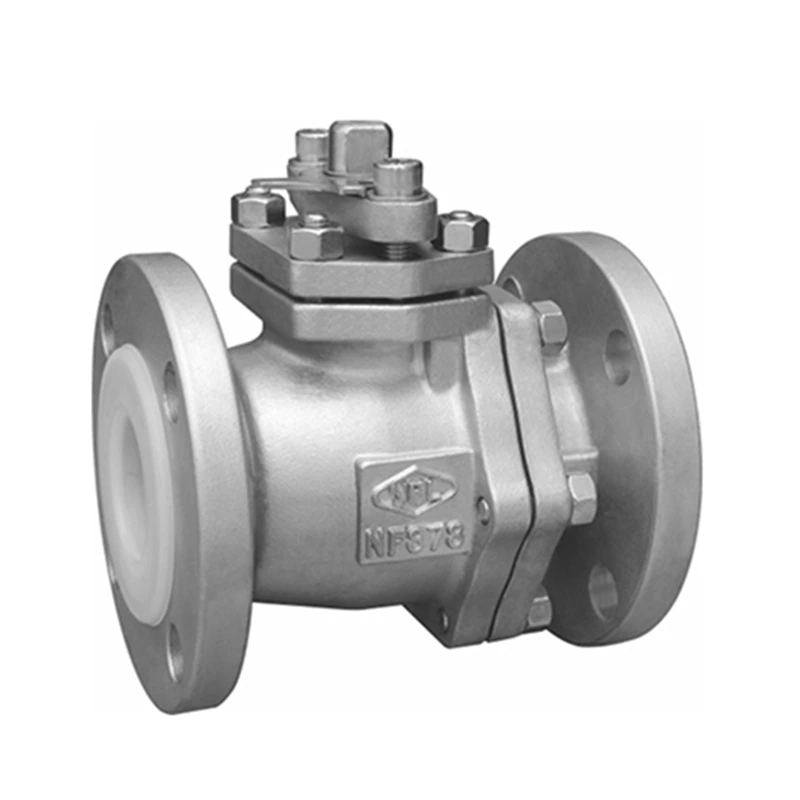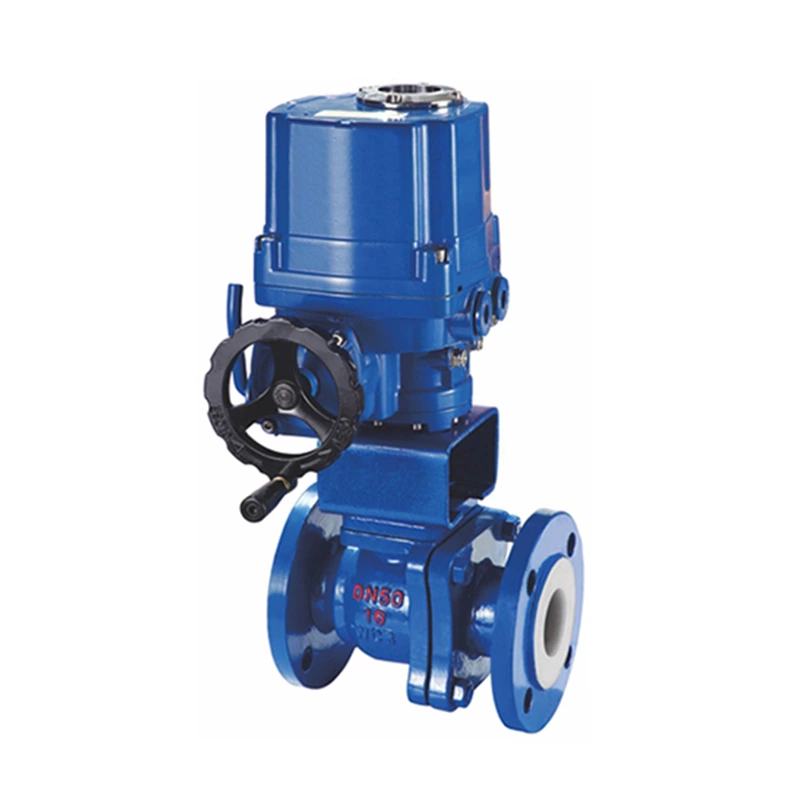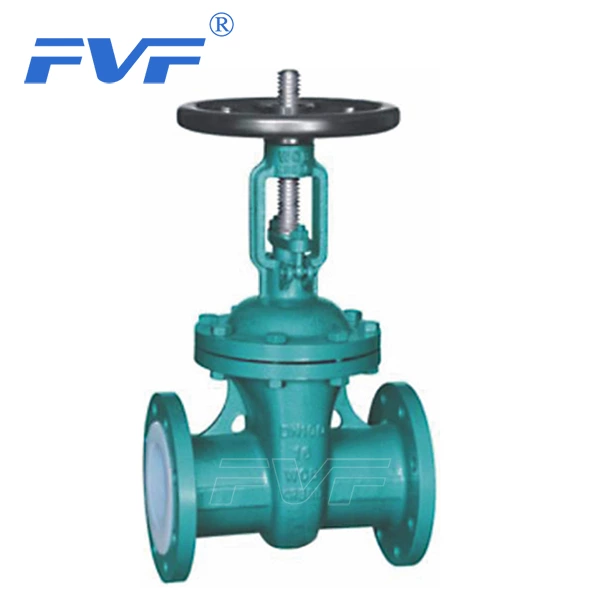Selection Of Fluorine-lined Valve Materials And Flow Characteristics
Lined Valve Material selection:
1. The pressure resistance level, operating temperature and corrosion resistance of the valve body shall not be lower than the requirements of the process connection pipeline, and the manufacturer's finalized products shall be given priority.
2. Cast iron valves should not be used for water vapor or wet gas with high water content and flammable and explosive media.
3. Cast iron valves should not be used when the ambient temperature is lower than 20℃, especially in the north.
4. In the rectangular coordinates of the medium temperature and pressure difference with severe cavitation and erosion, the temperature is 300℃ and the pressure difference is 1. In the area outside the two-point connection of 5MPa, the throttling sealing surface should be made of cobalt-based alloy or surface surfacing Stellite and other wear-resistant materials.
5. For highly corrosive media, appropriate corrosion-resistant materials must be selected according to the type, concentration, temperature and pressure of the medium.
6. The valve body and throttling parts are treated separately. The throttling speed of the inner wall of the valve body is small, and a certain amount of corrosion is allowed. The corrosion rate can be about 1mm/2000 years; the throttling parts are washed at high speed, and corrosion will lead to increased leakage. The corrosion rate should be less than 0.1mm/year.
7. When selecting lining materials rubber and plastic, the temperature, pressure and concentration of the working medium must meet the use range of the material, and physical and mechanical damage such as shear damage must be considered.
8 Vacuum valves should not use valve bodies with rubber or plastic linings.
9 Two-position shut-off valves in water treatment systems should not use rubber lining materials.
10 Typical media Typical corrosion-resistant alloy material selection:
a. Sulfuric acid: 316L, Hastelloy, No. 20 alloy.
b. Nitric acid: aluminum, C4 steel, C6 steel.
c. Hydrochloric acid: Hastelloy B.
d. Hydrofluoric acid: Monel.
e. Acetic acid: 316L, Hastelloy.
f. Phosphoric acid: Inconel, Hastelloy.
g. Urea: 316L.
h. Caustic soda: Monel.
i. Chlorine: Hastelloy C.
j. Seawater: Inconel, 316L.
So far, the common corrosion-resistant material is tetrafluoroethylene, known as the "king of corrosion resistance". Therefore, tetrafluoroethylene corrosion-resistant valves should be selected first, such as temperature>180℃, PN>1.6 before selecting alloys.
Selection of flow characteristics of fluorine-lined valves:
The following is a preliminary selection, see special information for detailed selection:
1 Select logarithmic characteristics when S>0.6.
2 Select logarithmic characteristics when working with small opening and large changes in unbalanced force.
